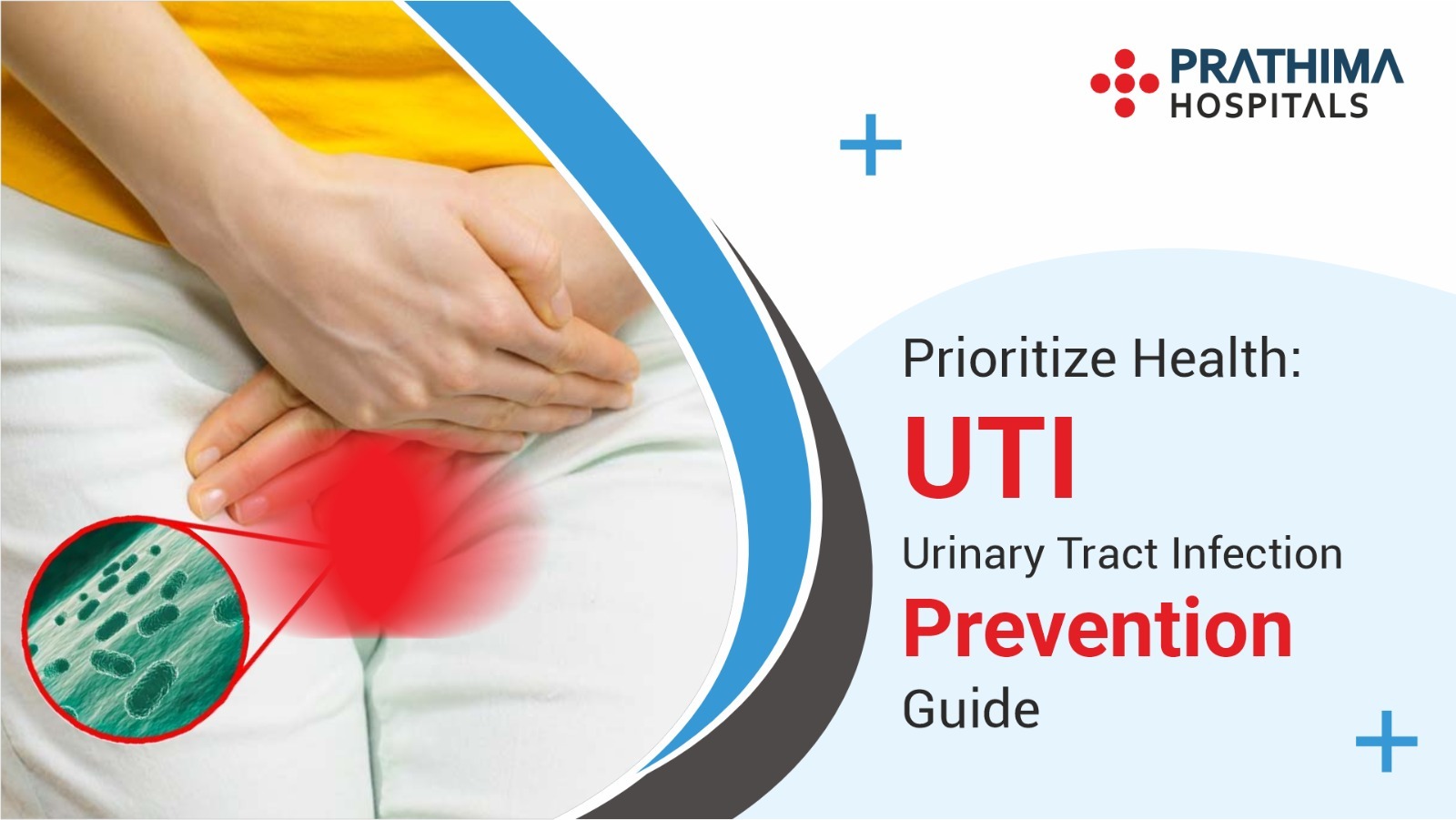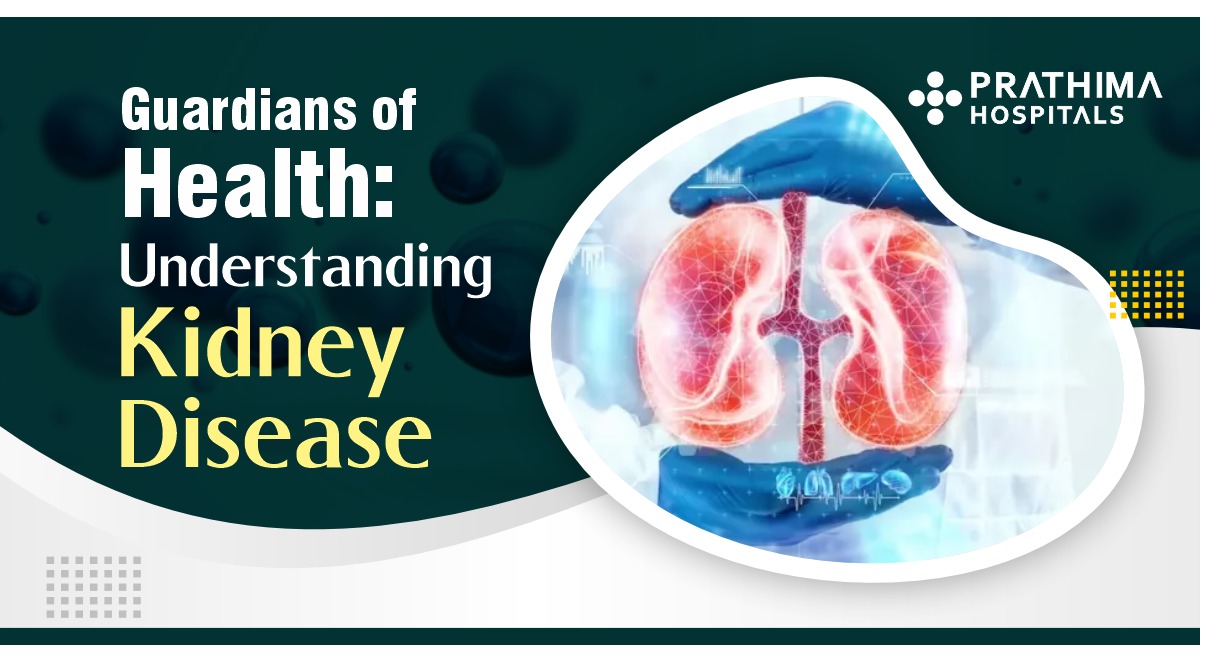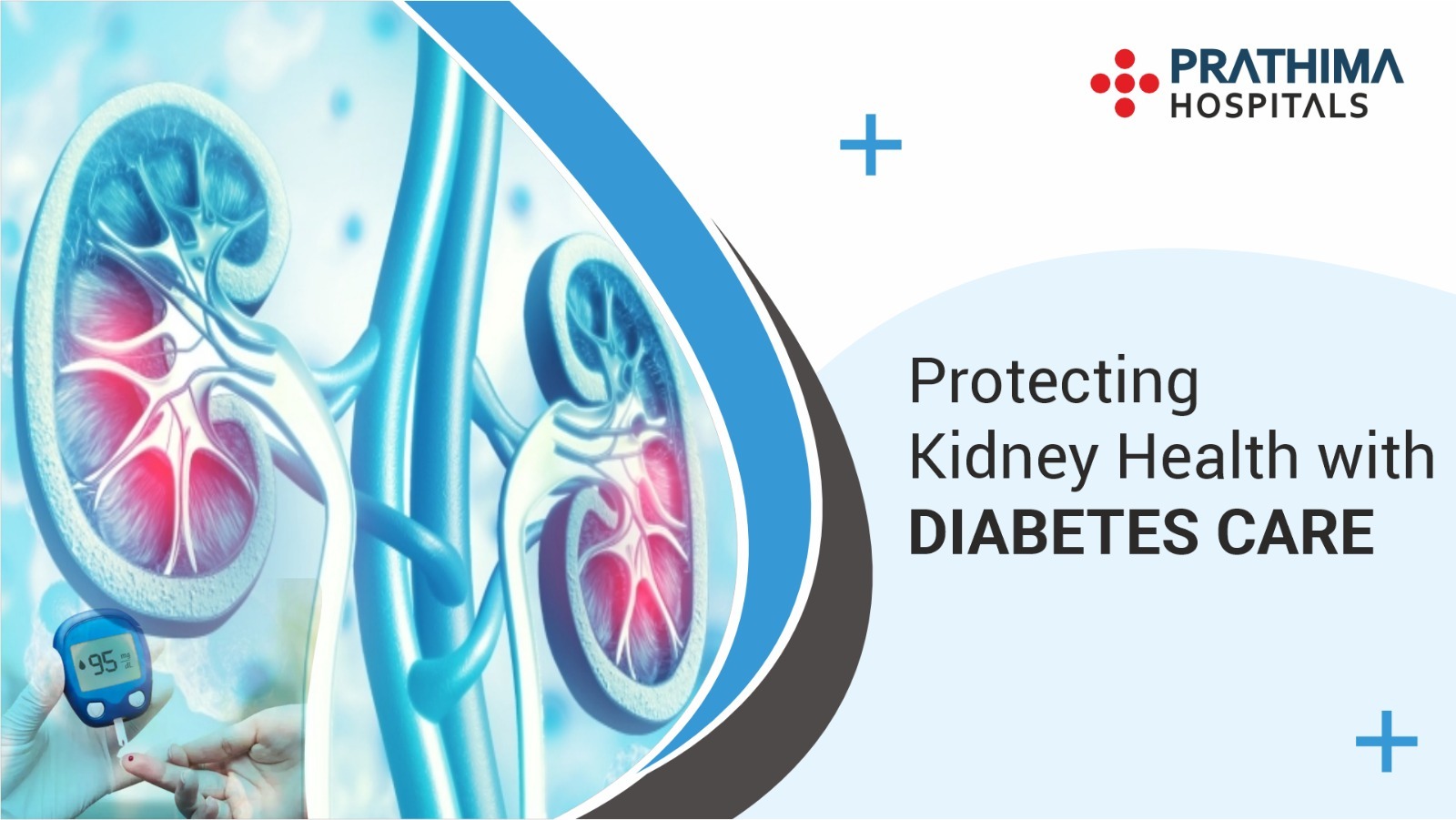The Backbone of Wellness: Understanding the Importance of Spine Health!

World Spine Day 2023
Introduction:
The spine is the core support structure of our body. According to the Best Orthopedic Hospital in Hyderabad, it’s responsible for holding up our weight, helping us move, safeguarding our spinal cord, and maintaining proper posture. Despite its importance, people often neglect their spine health until they feel discomfort or pain. As we celebrate World Spine Day on 16th October, the theme is every spine counts, we’ll discuss how to keep your spine healthy and explore practical tips.
The Anatomy of the Spine
Before we delve into the importance of spine health, it’s essential to understand the basic anatomy of the spine. The human spine, also known as the vertebral column, consists of 33 vertebrae that are stacked on top of one another. These vertebrae are divided into five regions: cervical (neck), thoracic (upper back), lumbar (lower back), sacral, and coccygeal.
The spine’s primary functions include:
- Support and Weight Bearing:
- Structural Support: The spine provides the fundamental structural support for the entire body. It serves as the central axis upon which the body is built. Without a spine, the body would lack the necessary support to stand upright.
- Weight Distribution: The spine distributes the body’s weight evenly across its multiple vertebrae, preventing excessive stress on any one area. This is essential for maintaining balance and stability while standing, sitting, or moving.
- Protection of the Spinal Cord:
- Encasing the Spinal Cord: Perhaps the most critical function of the spine is protecting the spinal cord. The spinal cord is a group of nerve fibers that convey messages between the brain & the body’s different parts. It is encased within the bony vertebral column, safeguarding it from injury.
- Cerebrospinal Fluid: The spinal cord is surrounded by cerebrospinal fluid, which acts as a cushion. In the event of sudden movements or impacts, this fluid provides an additional layer of protection, reducing the risk of damage to the spinal cord.
- Facilitation of Movement:
- Articular Joints: The spine is composed of a series of articulating joints between the vertebrae. These joints allow for a wide range of movements, including flexion (forward bending), extension (backward bending), lateral flexion (side bending), and rotation (twisting).
- Muscle Attachment: Muscles, tendons, and ligaments attach to the vertebrae, facilitating movement of the spine. These structures work together to generate force and control motion in various directions.
- Maintenance of Posture:
- Good Posture: The spine plays a pivotal role in maintaining good posture. According to the Orthopedician in Hyderabad, proper alignment of the vertebrae ensures that the body’s weight is distributed optimally, reducing the strain on muscles and joints. This, in turn, helps prevent the development of poor posture, which can lead to chronic pain and musculoskeletal problems.
- Balance and Coordination: A healthy spine contributes to balance and coordination, which are essential for performing daily activities efficiently and safely.
- Transmission of Nerve Signals:
- Central Nervous System Connection: The spinal cord serves as an extension of the brain and is connected to the central nervous system. It acts as a relay station, transmitting sensory information from the body to the brain and motor commands from the brain to the body.
- Reflexes: Some reflexes, such as the knee-jerk reflex, are mediated through the spinal cord. When a doctor taps your knee and it jerks involuntarily, this is an example of a reflex arc that involves the spinal cord.
- Shock Absorption:
- Intervertebral Discs: Between each pair of vertebrae, there are intervertebral discs composed of a tough outer layer (annulus fibrosus) and a gel-like inner core (nucleus pulposus). These discs act as shock absorbers, absorbing and dissipating forces from movements and impacts, protecting the vertebrae from damage.
- Flexibility and Adaptability:
- Adaptable Structure: The spine’s segmented structure allows it to be both flexible and adaptable. It can bend, flex, and twist to accommodate various body movements and positions, ensuring versatility in daily activities.
- Dynamic Loading: The spine can adjust its distribution of load in response to different activities and positions. It bears more weight when we stand or sit and less when we lie down, demonstrating its ability to adapt to our needs.
The Importance of Spine Health
- Pain Prevention:
One of the most apparent reasons for maintaining spine health is to prevent pain and discomfort. Poor spine health can lead to a variety of painful conditions, including:
- Back pain: This is one of the most common complaints related to spine health. It can range from mild discomfort to debilitating pain, affecting daily life and productivity.
- Neck pain: Neck pain is often caused by poor posture, excessive screen time, or muscle strain. It can lead to headaches and reduced neck mobility.
- Sciatica: When the sciatic nerve, which runs down the lower back and into the legs, becomes compressed or irritated, it causes sciatica. This can cause shooting pain, numbness, and tingling in the legs.
- Herniated discs: A herniated disc happens when the soft inner core of a spinal disc protrudes through its tough outer shell. This can result in severe back pain and even nerve compression.
- Mobility and Flexibility:
A healthy spine is essential for maintaining mobility and flexibility. The spine’s range of motion allows us to perform everyday activities, such as bending to tie our shoes, reaching for objects, and turning our heads to look around. Without proper spine health, these basic movements can become challenging or painful.
- Posture and Confidence:
Your posture has a significant impact on your overall appearance and self-confidence. As per the Orthopedician in Kachiguda, a healthy spine promotes good posture, which not only looks more appealing but also conveys confidence and self-assuredness. Conversely, poor posture can make you appear less confident and can even affect how others perceive you.
- Protection of the Spinal Cord:
Perhaps the most critical function of the spine is to protect the spinal cord, which is responsible for transmitting signals between the brain and the rest of the body. Any damage to the spinal cord can result in paralysis or loss of sensation below the injured area. Maintaining spine health is crucial for safeguarding this vital communication pathway.
- Improved Quality of Life:
Overall, a healthy spine contributes to an improved quality of life. When your spine is functioning correctly, you can engage in physical activities, enjoy hobbies, and maintain an active lifestyle well into old age. On the other hand, spine-related issues can limit your mobility, hinder your ability to work, and decrease your overall enjoyment of life.
Tips for Maintaining Spine Health:
Now that we’ve established the importance of spine health, let’s explore some practical tips for maintaining a healthy spine:
- Maintain Good Posture: Pay attention to your posture, whether sitting, standing, or walking. Avoid slouching and try to keep your back straight and shoulders relaxed. Consider using ergonomic chairs and desks to support proper posture.
- Stay Active: Common physical activity aids support the muscles that keep the spine. Engage in exercises that promote core strength, flexibility, and overall fitness. Yoga is an excellent option for spine health.
- Lift Properly: Use your legs, not your back. Bend hips and knees, and keep the object close. Avoid twisting your spine while lifting heavy items.
- Maintain a Healthy Weight: Excess weight can strain the spine and lead to various spinal conditions. Maintaining a healthy weight through a balanced diet and regular exercise can alleviate this stress.
- Avoid Prolonged Sitting: Sitting for extended periods can place extra pressure on the spine. Take regular breaks to stand, stretch, and walk around, especially if you have a sedentary job.
- Ergonomic Workspace: If you work at a desk or use a computer for long hours, invest in an ergonomic chair and keyboard setup to support proper posture.
- Stay Hydrated: The spinal discs between vertebrae require water to maintain their flexibility and cushioning properties. Staying hydrated helps keep these discs healthy.
- Use Proper Mattress and Pillows: Invest in a comfortable mattress and pillows that provide adequate support for your neck and spine. Your sleeping posture is crucial for spine health.
- Manage Stress: High stress levels can lead to muscle tension and poor posture. Incorporating techniques that help reduce stress, like mindfulness, meditation, or deep breathing exercises, can be helpful.
- Quit Smoking: Smoking reduces blood flow to the spinal discs, potentially accelerating disc degeneration. Quitting smoking can have a positive impact on spine health.
- Regular Check-Ups: Consider regular check-ups with a chiropractor or physical therapist to assess your spine’s condition and receive guidance on maintaining its health.
Conclusion:
The importance of spine health cannot be overstated. A healthy spine is essential for preventing pain, maintaining mobility, supporting good posture, and protecting the spinal cord. By following the practical tips by the Orthopedician in Kukatpally, Prathima Hospitals, you can take proactive steps to care for your spine and enjoy a better quality of life. Remember that small, consistent efforts in maintaining spine health can lead to significant long-term benefits. Prioritize your spine health today for a healthier and more active tomorrow.
.
.
.
.
.
For More Details:
📞:: 733 733 6600 | 040 4345 4345
🌐:: https://prathimahospitals.com/book-appointment/





